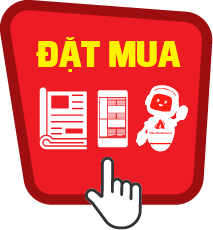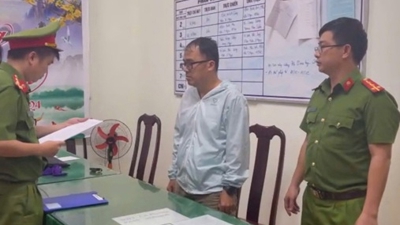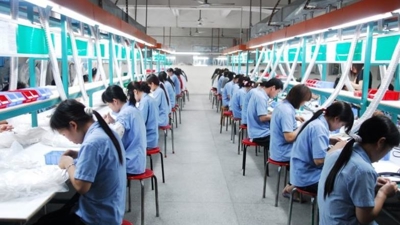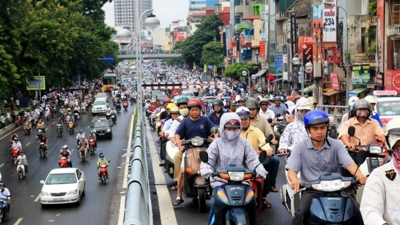Labor migration on the rise within ASEAN
Intra-bloc migrant labor is a key feature of the ASEAN labor market.
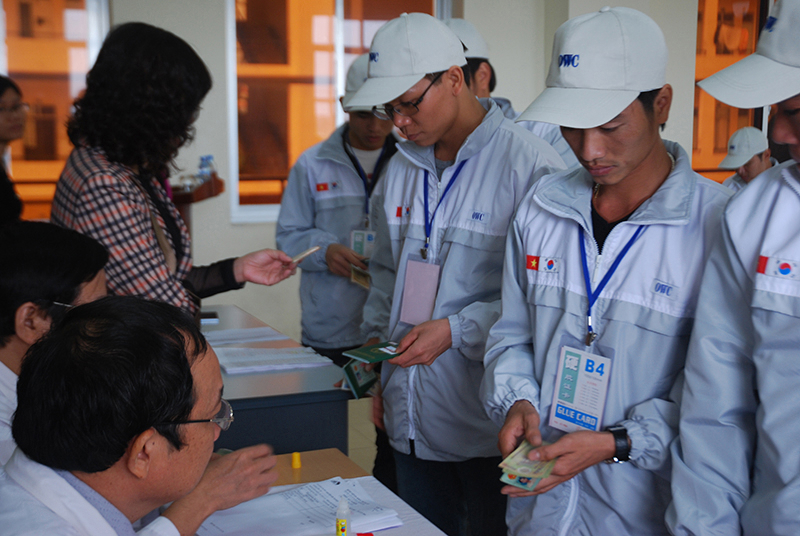
Labor migration within the ASEAN bloc has been on a steadily increasing trend in recent years, according to reports from the International Labour Organization (ILO) and the ASEAN Secretariat. There are currently around 10 million migrant workers living and working in countries within the ASEAN region.
Migrant workers not only make a significant contribution to the care economy of ASEAN nations but also often take on caregiving jobs that the local workforce is either insufficient for or unwilling to do.
As a result, the presence of migrant workers helps to alleviate pressure on domestic care systems, while also facilitating the transfer of new experiences and skills.
Intra-bloc migrant labor is a key feature of the ASEAN labor market. However, migrant workers also face many challenges, from harsh working conditions to a lack of basic rights, said Deputy Minister of Home Affairs Vu Chien Thang.
"Therefore, it is necessary to have policies and measures to protect the rights of migrant workers, ensuring they can work in a safe and fair environment," Mr. Thang stated at the Workshop on ASEAN Integration in the Labor Sector and the Care Economy in ASEAN, held on July 29.
According to 2024 statistics, Vietnam has a labor force of 53 million people aged 15 and over, of which nearly 24.7 million are female workers. The unemployment rate among the working-age population stands at just 2.24%.
However, the qualifications of Vietnam's labor force remain limited, with the estimated rate of trained workers with degrees or certificates at only 28.3%, which is low compared to many countries in the region. For instance, Singapore's rate of highly-skilled labor is up to 50-60%, Malaysia's is around 40-50%, and Thailand's is approximately 30-45%.
"As a proactive, active, and responsible member of ASEAN, Vietnam is striving to implement domestic guidelines and policies aimed at better integration into the region and the world,” said Mr. Thang.
This includes improving institutions and policies for human resource development, enhancing the quality of training and skills development, and strengthening regional and international cooperation. These efforts also include promoting the implementation of Mutual Recognition Arrangements and applying the 8-level ASEAN Qualifications Reference Framework.

